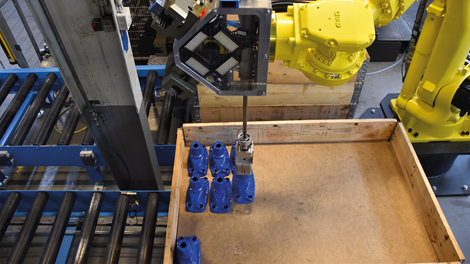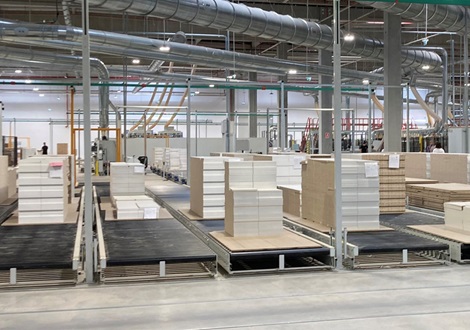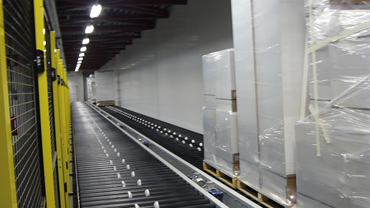
From conveyors to complete automation
Automation can transform production processes, but it's essential to weigh its benefits and challenges before implementation.
Advantages of automation
- Increased efficiency: Automation streamlines production, reduces downtime, and optimizes flow.
- Cost savings over time: Reduced manual labor, fewer errors, and lower energy waste contribute to long-term savings.
- Consistent output: Automated processes ensure high repeatability and quality.
- Scalable setups: Systems can be expanded or adjusted as your needs change.
Challenges to consider
- Higher initial cost: Automation requires investment in both equipment and integration.
- Technical complexity: Maintenance and troubleshooting may require specialized skills.
- Less flexibility for manual overrides: Once installed, systems are often optimized for specific workflows.


How automation technologies work together
Automation is not just about individual machines — it’s about how they interact. A complete solution combines conveyors with robots, AMRs/AGVs, and vertical lifts to support a seamless, intelligent flow of materials.
- Conveyors handle bulk movement efficiently and form the backbone of internal logistics.
- Robots take over repetitive or heavy tasks such as palletizing, sorting, or assembly.
- AGVs and AMRs add dynamic flexibility, transporting goods between stations where fixed conveyors are impractical.
- Vertical lifts enable compact and efficient transport between floors or rack levels.
- Smart control systems tie everything together, ensuring synchronization and traceability across the entire workflow.
With this kind of integrated setup, you gain not only efficiency and consistency, but also the flexibility to adapt to changing production demands — all while reducing strain on your workforce.












